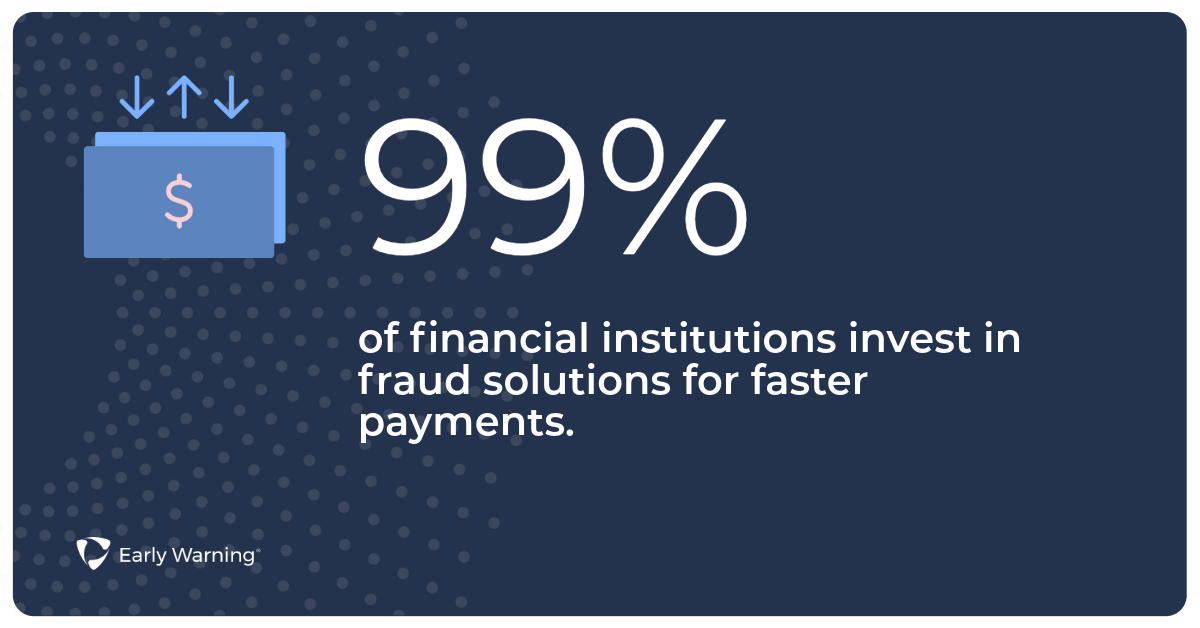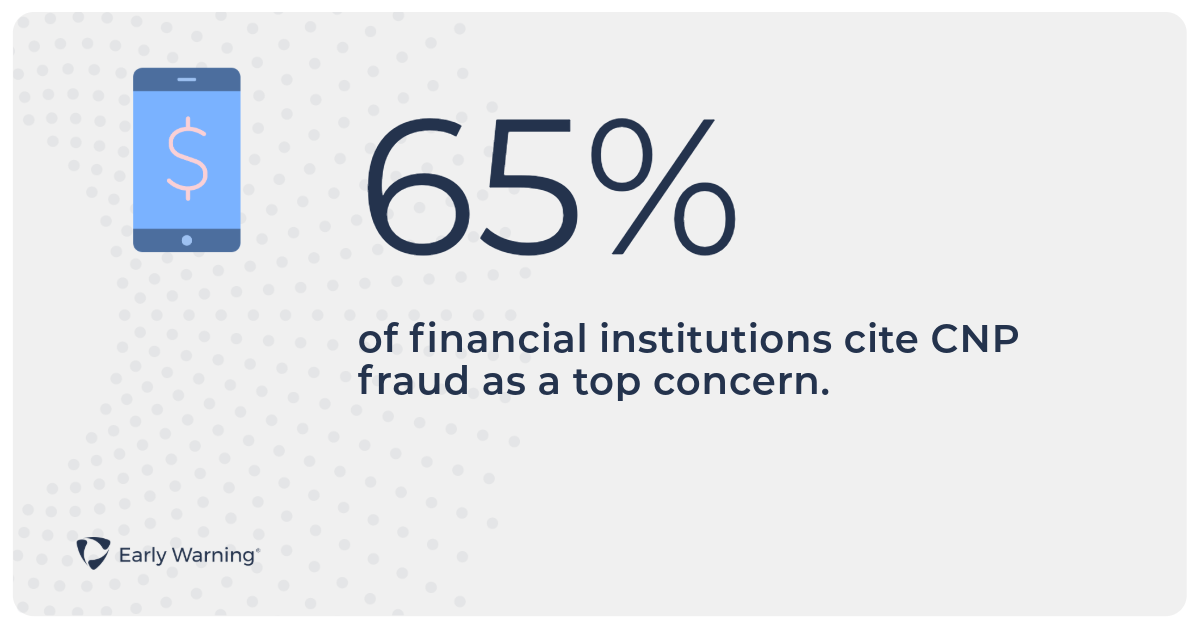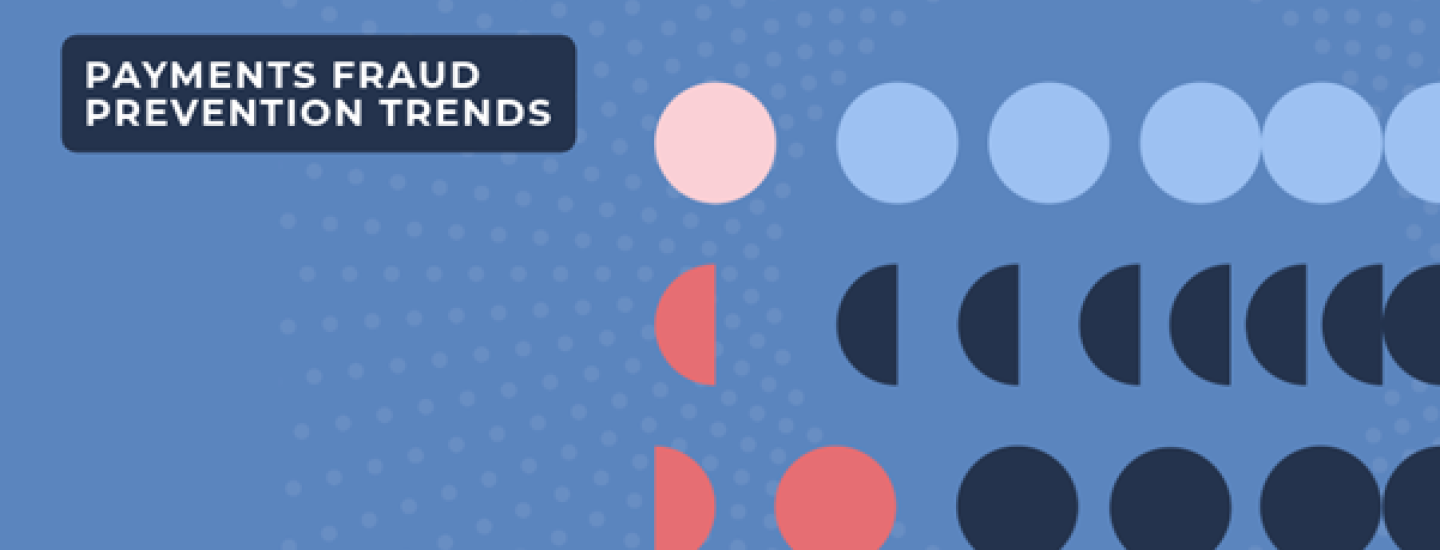The state of fraud in the U.S. is quickly evolving, and payments have become a prime target.
The rise of real-time payment technologies—from same-day ACH to remote deposit capture (RDC) to peer-to-peer (P2P) payments—provide consumers with faster and more convenient transaction options.
But they also introduce new risks for banks and credit unions. The speedy processing leaves only a tiny window for fraud detection, making it easier for criminals to exploit the system. As usual, fraudsters are taking full advantage of new cracks in banks’ traditional fraud prevention systems.

Banks and credit unions are acutely aware of the growing threats. A 2024 Datos Insights fraud report1 found that a full 99 percent of financial institutions (FIs) are investing in fraud solutions tailored for faster payments.
Read on to learn five payments fraud trends from 2024—and what banks should know to keep their fraud prevention strategies up to date.
- Card-not-present fraud
Card-not-present (CNP) fraud remains a top concern as digital card payments—from online shopping to automated bill pays—continue to surge. Criminals love CNP payments because they don’t have to obtain and present the physical payment card for verification, making the fraud easier to pull off.
Real-time banking technologies compound this challenge, because CNP transactions can be completed before the issue is flagged. What’s more, the digital aspect provides a layer of anonymity, making it harder for FIs to track down the criminal.

In 2024, 65 percent2 of FIs cited CNP fraud as a top concern.
Digital identity authentication and enhanced monitoring tools are crucial for effective CNP fraud prevention.
- Authorized payment schemes
Most forms of payments fraud involve unauthorized transactions. In recent years, however, criminals have been using social engineering techniques and psychological manipulation to trick victims into authorizing payments from their own account to one held by the fraudster (romance scams are a common example). In fact, the majority3 of FIs noted an increase in social engineering scams from 2023 to 2024.
But social engineering isn’t the only form of authorized payments fraud. FIs also note a disturbing rise in the number of banking customers who make false claims4 about payments they knowingly authorized.
Preventing authorized payment schemes requires a combination of customer education, authentication controls and AI-powered tools that can detect unusual account patterns or behaviors.
- ATO and BEC attacks
In account takeover (ATO) attacks, fraudsters use compromised credentials to access an account they don’t own to send unauthorized payments. Widespread data breaches have made it easier than ever for criminals to get the information they need to take over the account.
Business email compromise (BEC) schemes are a form of ATO. But instead of using stolen data, the fraudster uses social engineering and email phishing techniques to trick an authorized user on a business account into sharing the account credentials. Criminals are attracted to BEC schemes because business transactions often involve higher-dollar payments.
Fraud prevention solutions that include predictive intelligence and advanced authentication controls can help banks prevent ATO attacks by identifying high-risk transactions and verifying account ownership.
- Check fraud
Check usage is declining as modern payment technologies emerge. And yet, check fraud is spiking.
According to the Financial Crimes Enforcement Network (FinCEN)5, the number of check fraud-related suspicious activity reports coming from banks, credit unions and other depository institutions more than doubled from 2021 to 2023.
Fraudsters are taking full advantage of new and emerging technologies to devise new check fraud tactics. They have the tools to counterfeit and alter checks with greater speed and precision. And they can deposit those checks remotely—and quickly withdraw the funds before the fraud is detected.
To squeeze the most money possible out of a single check, for example, fraudsters will often deposit an item multiple times through their various banking apps—and promptly withdraw the funds each time. They may even deposit (and cash out) the physical check one last time at the ATM.
Business checks have also become a prime target. Similar to BEC attacks, fraudsters are drawn to business checks due to their high value amounts. In 2023, nearly two-thirds6 of organizations were hit by check fraud.
Banks and credit unions can strengthen their fraud prevention systems with advanced screening tools that can detect counterfeit checks and duplicate deposits in real time.
- Generative AI threats
AI is revolutionizing change across business sectors—including organized crime. Crime rings use generative AI, for example, to create synthetic identities, mimic voices and generate realistic phishing content, making fraud harder to detect.
Ninety-three percent of FIs7 are concerned about AI-powered fraud. But not all hope is lost!
AI and machine learning models can also be effective tools for fraud prevention. Machine learning models, for example, can analyze vast datasets in real time, identify anomalies and adapt to new fraud patterns. AI-powered behavioral analysis can help distinguish between legitimate users and fraudsters based on subtle patterns in how they interact with devices and applications. FIs that invest in these types of fraud detection can stay one step ahead in this rapidly evolving landscape.
Fraud prevention in banks must not compromise customer satisfaction.
As FIs implement new tools for combatting payments fraud, they must be careful not to diminish the quick and convenient banking experiences consumers expect.
False positives, lengthy transaction holds and cumbersome verification processes can frustrate customers and send them running to another institution. A single negative customer experience could be enough for a customer to sever ties with their FI8.
Advanced fraud prevention solutions that work seamlessly in the background to spot and stop fraudulent payments are essential to reducing fraud losses and elevating the customer experience.
Thousands of banks and credit unions use real-time risk mitigation tools from Early Warning® to screen transactions, verify account ownership and identify potentially fraudulent transactions before they go through. In 2023, for example, Deposit Chek® helped the U.S. financial system save $1.76 billion in total potential fraud loss.
Download the Datos report, Trust in the Digital Age of Financial Services: Preparing for Tomorrow’s Fraud Threats Today.
1 Trust in the Digital Age of Financial Services: Preparing for Tomorrow's Fraud Threats Today, Datos Insights, Nov. 2024
2 Trust in the Digital Age of Financial Services: Preparing for Tomorrow's Fraud Threats Today, Datos Insights, Nov. 2024
3 Trust in the Digital Age of Financial Services: Preparing for Tomorrow's Fraud Threats Today, Datos Insights, Nov. 2024
4 Trust in the Digital Age of Financial Services: Preparing for Tomorrow's Fraud Threats Today, Datos Insights, Nov. 2024
5 SAR Filings by Industry, Financial Crimes Enforcement Network, 2024
6 2024 AFP Payments Fraud and Control Survey Report, Association for Financial Professionals, 2024
7 Trust in the Digital Age of Financial Services: Preparing for Tomorrow's Fraud Threats Today, Datos Insights, Nov. 2024
8 Client Perspectives on Behavioral Biometrics and Device Fingerprinting Solutions, Datos Insights, March 2024
